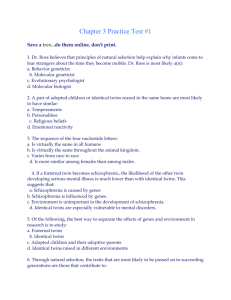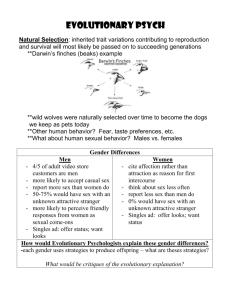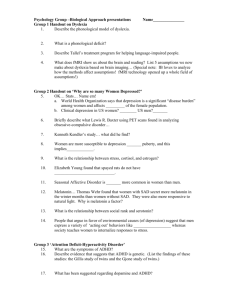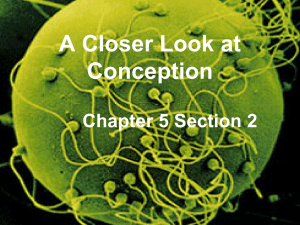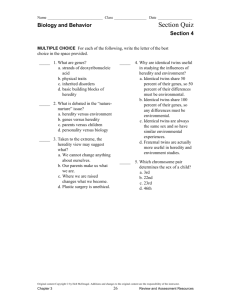Twins - identical and fraternal
advertisement
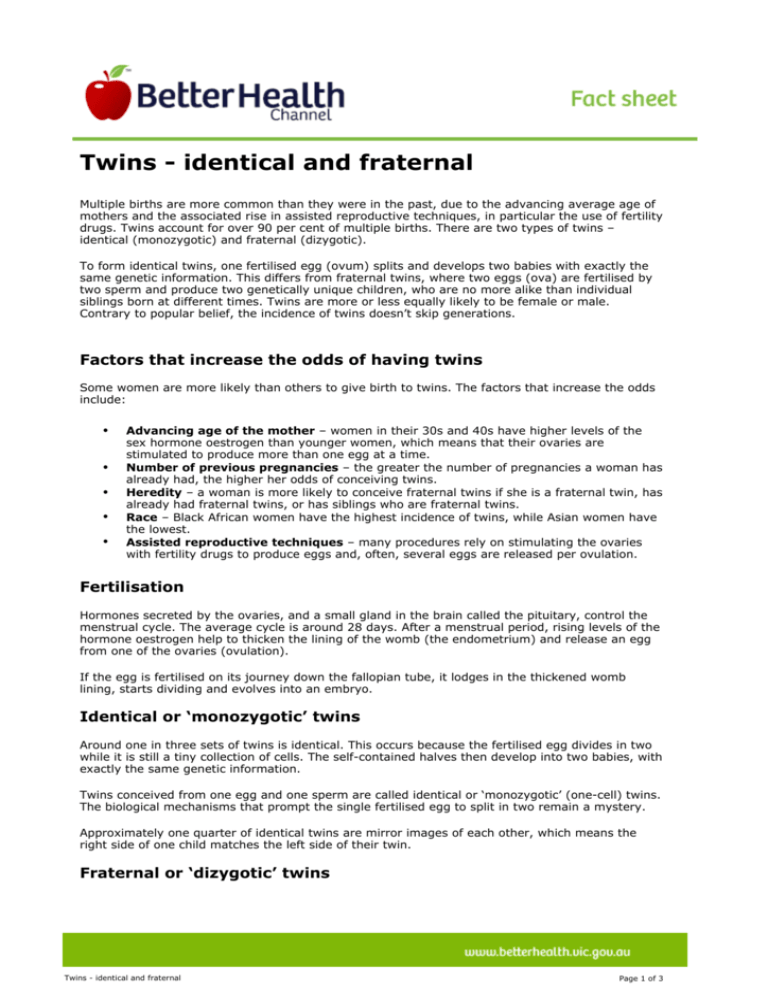
Image description. Better Health Channel logo End of image description. Twins - identical and fraternal Ima ge des crip Multiple births are more common than they were in the past, due to the advancing average age of mothers and the associated rise in assisted reproductive techniques, in particular the use of fertility drugs. Twins account for over 90 per cent of multiple births. There are two types of twins – identical (monozygotic) and fraternal (dizygotic). To form identical twins, one fertilised egg (ovum) splits and develops two babies with exactly the same genetic information. This differs from fraternal twins, where two eggs (ova) are fertilised by two sperm and produce two genetically unique children, who are no more alike than individual siblings born at different times. Twins are more or less equally likely to be female or male. Contrary to popular belief, the incidence of twins doesn’t skip generations. Factors that increase the odds of having twins Some women are more likely than others to give birth to twins. The factors that increase the odds include: • • • • • Advancing age of the mother – women in their 30s and 40s have higher levels of the sex hormone oestrogen than younger women, which means that their ovaries are stimulated to produce more than one egg at a time. Number of previous pregnancies – the greater the number of pregnancies a woman has already had, the higher her odds of conceiving twins. Heredity – a woman is more likely to conceive fraternal twins if she is a fraternal twin, has already had fraternal twins, or has siblings who are fraternal twins. Race – Black African women have the highest incidence of twins, while Asian women have the lowest. Assisted reproductive techniques – many procedures rely on stimulating the ovaries with fertility drugs to produce eggs and, often, several eggs are released per ovulation. Fertilisation Hormones secreted by the ovaries, and a small gland in the brain called the pituitary, control the menstrual cycle. The average cycle is around 28 days. After a menstrual period, rising levels of the hormone oestrogen help to thicken the lining of the womb (the endometrium) and release an egg from one of the ovaries (ovulation). If the egg is fertilised on its journey down the fallopian tube, it lodges in the thickened womb lining, starts dividing and evolves into an embryo. Identical or ‘monozygotic’ twins Around one in three sets of twins is identical. This occurs because the fertilised egg divides in two while it is still a tiny collection of cells. The self-contained halves then develop into two babies, with exactly the same genetic information. Twins conceived from one egg and one sperm are called identical or ‘monozygotic’ (one-cell) twins. The biological mechanisms that prompt the single fertilised egg to split in two remain a mystery. Approximately one quarter of identical twins are mirror images of each other, which means the right side of one child matches the left side of their twin. Fraternal or ‘dizygotic’ twins Twins - identical and fraternal Page 1 of 3 Around two in three sets of twins are fraternal. Two separate eggs (ova) are fertilised by two separate sperm, resulting in fraternal or ‘dizygotic’ (two-cell) twins. These babies will be no more alike than siblings born at separate times. The babies can be either the same sex or different sexes, with the odds roughly equal for each. The proposed ‘third-twin type’ Some researchers believe there may be a third type of twin, although medical opinion is still divided. It is proposed that the egg splits in two, and each half is then fertilised by a different sperm. This theory is an attempt to explain why some fraternal twins look identical. Gestation for twins The normal length of gestation for a single baby is around 40 weeks. However, gestation for twins, either identical or fraternal, is usually around 38 weeks. This shorter time is due to the increased demands on the mother’s body, and the inability of the babies to receive all the nutrients they need in utero. Since twins are usually premature, they are more likely to have lower birth weights. Prematurity is associated with increased risk of a number of disorders, including jaundice. Giving birth to twins Childbirth can give rise to complications when just one baby is present, so twins present extra potential for difficulties. It is advised that women carrying twins give birth in hospital, rather than at home. The babies can be delivered vaginally, but caesarean section delivery may be considered a better alternative in some circumstances. Zygosity testing It is difficult to tell if twins are identical or fraternal at birth. Some identical twins may be born with individual sets of membranes, which may lead to the mistaken assumption that the babies are fraternal. One way to tell the difference is to have the twins DNA-tested. Identical twins share the same genetic information, while fraternal twins share around half. The test can be done with a sample of cheek cells, collected painlessly. Other tests include blood group examinations. Where to get help • • • Your doctor Paediatrician Maternity hospital Things to remember • • • Twins account for over 90 per cent of multiple births. To form identical or monozygotic twins, one fertilised egg (ovum) splits and develops into two babies with exactly the same genetic information. To form fraternal or dizygotic twins, two eggs (ova) are fertilised by two sperm and produce two genetically unique children. This page has been produced in consultation with, and approved by: Australian Multiple Birth Association Twins - identical and fraternal Page 2 of 3 Content on this website is provided for education and information purposes only. Information about a therapy, service, product or treatment does not imply endorsement and is not intended to replace advice from your doctor or other registered health professional. Content has been prepared for Victorian residents and wider Australian audiences, and was accurate at the time of publication. Readers should note that, over time, currency and completeness of the information may change. All users are urged to always seek advice from a registered health care professional for diagnosis and answers to their medical questions. For the latest updates and more information, visit www.betterhealth.vic.gov.au Copyight © 1999/2015 State of Victoria. Reproduced from the Better Health Channel (www.betterhealth.vic.gov.au) at no cost with permission of the Victorian Minister for Health. Unauthorised reproduction and other uses comprised in the copyright are prohibited without permission. Twins - identical and fraternal Page 3 of 3
